Reaching the mid point of the Vietnam photo tour, we continued our journey, leaving Hoi An to fly north to explore Vietnam’s bustling capitol, Hanoi and then further afield to beautiful, Halong Bay.
Hanoi is the current capital of Vietnam and the country’s second largest city. Hanoi was the most important political center of Vietnam but was eclipsed by Huế, the imperial capital of Vietnam during the Nguyen dynasty (1802-1945). Hanoi served as the capital of French Indochina from 1902 to 1954 and from 1954 to 1976, it was the capital of North Việt Nam, finally, Hanoi became the capital of a reunified Vietnam in 1976, after the North’s victory in the Vietnam war.
Ha Long Bay is a UNESCO World Heritage Site, and a popular photo tour destination, located in Quang Ninh province, Vietnam, just 3 hours by road from Hanoi. Ha Long Bay, in the Gulf of Tonkin, includes some 1,600 islands and islets, forming a spectacular seascape of limestone pillars.
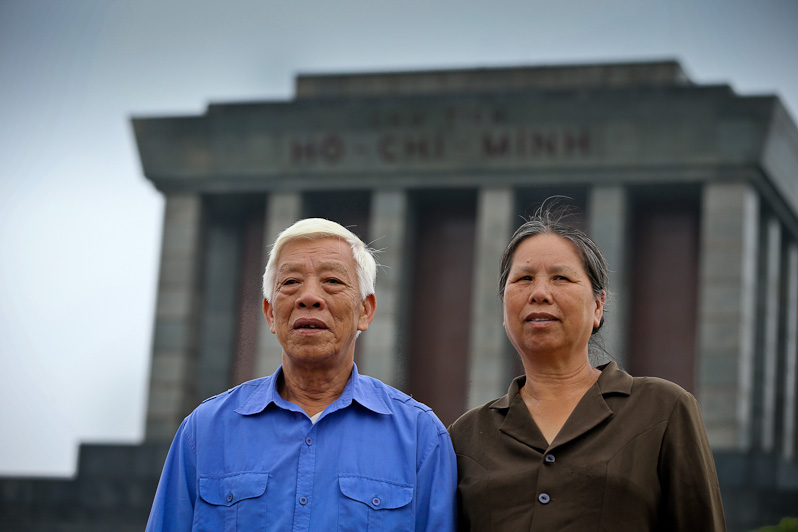 The Ho Chi Minh Mausoleum, Ba Dinh Square, Hanoi
The Ho Chi Minh Mausoleum, Ba Dinh Square, Hanoi
The Hanoi Hilton was one site used by the North Vietnamese Army to house, torture and interrogate captured servicemen, mostly American pilots shot down during bombing raids. John McCain, spent parts of his five and a half years as a POW at “The Hanoi Hilton”. John McCain’s capture and subsequent imprisonment began on October 26, 1967. He was flying his 23rd bombing mission over North Vietnam when his A-4E Skyhawk was shot down by a missile over Hanoi. McCain fractured both arms and a leg ejecting from the aircraft, and nearly drowned when he parachuted into Truc Bach Lake. Some North Vietnamese pulled him ashore, then others crushed his shoulder with a rifle butt and bayoneted him.[33] McCain was then transported to Hanoi’s main Hoa Lo Prison, nicknamed the “Hanoi Hilton”.
Although McCain was badly wounded, his captors refused to treat his injuries, beating and interrogating him to get information; he was given medical care only when the North Vietnamese discovered that his father was a top admiral. His status as a prisoner of war (POW) made the front pages of major newspapers.
McCain spent six weeks in the hospital while receiving marginal care. By then having lost 50 pounds (23 kg), in a chest cast, and with his hair turned white, McCain was sent to a different camp on the outskirts of Hanoi in December 1967, into a cell with two other Americans who did not expect him to live a week. In March 1968, McCain was put into solitary confinement, where he would remain for two years.
In mid-1968, John S. McCain, Jr. was named commander of all U.S. forces in the Vietnam theater, and the North Vietnamese offered McCain early release because they wanted to appear merciful for propaganda purposes, and also to show other POWs that elite prisoners were willing to be treated preferentially. McCain turned down the offer; he would only accept repatriation if every man taken in before him was released as well. Such early release was prohibited by the POW’s interpretation of the military Code of Conduct: To prevent the enemy from using prisoners for propaganda, officers were to agree to be released in the order in which they were captured.
In August 1968, a program of severe torture began on McCain. He was subjected to rope bindings and repeated beatings every two hours, at the same time as he was suffering from dysentery. Further injuries led to the beginning of a suicide attempt, stopped by guards. Eventually, McCain made an anti-American propaganda “confession”. He has always felt that his statement was dishonorable, but as he later wrote, “I had learned what we all learned over there: Every man has his breaking point. I had reached mine.” Many American POWs were tortured and maltreated in order to extract “confessions” and propaganda statements; virtually all of them eventually yielded something to their captors. McCain subsequently received two to three beatings weekly because of his continued refusal to sign additional statements.
McCain refused to meet with various anti-war groups seeking peace in Hanoi, wanting to give neither them nor the North Vietnamese a propaganda victory. From late 1969 onward, treatment of McCain and many of the other POWs became more tolerable, while McCain continued actively to resist the camp authorities. McCain and other prisoners cheered the U.S. “Christmas Bombing” campaign of December 1972, viewing it as a forceful measure to push North Vietnam to terms.
Altogether, McCain was a prisoner of war in North Vietnam for five and a half years. He was released on March 14, 1973. His wartime injuries left him permanently incapable of raising his arms above his head.
We took a day cruise on Ha Long bay and then debarked on Cat Ba, the largest island in Ha Long Bay. Cat Ba Island is one of the only populated islands in Ha Long Bay, with roughly 13,000 inhabitants living in six different communes, and 4,000 more inhabitants living on floating fishing villages off the coast. Half of Cat Ba island is a National Park, which is home to the highly endangered Cat Ba Langur. The large majority of the population can be found in Cat Ba town, which is located at the southern tip of the Island.
 Bob and Bunkie enjoying a delicious lunch on our private boat on Halong Bay
Bob and Bunkie enjoying a delicious lunch on our private boat on Halong Bay




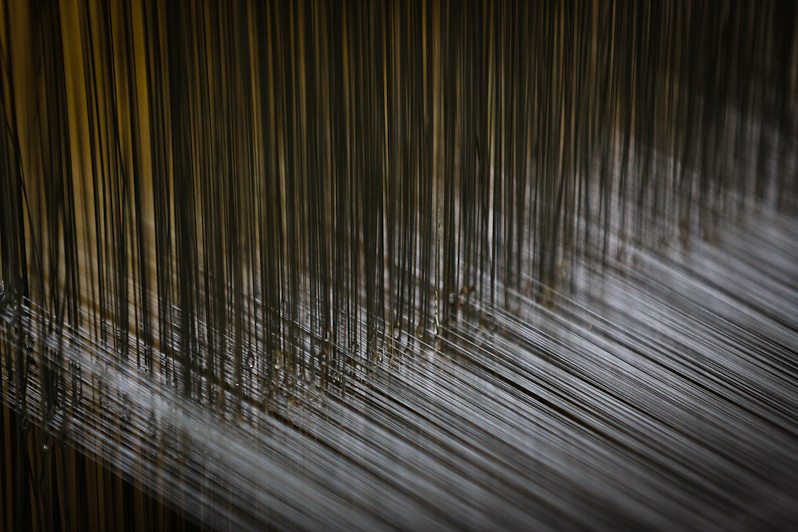

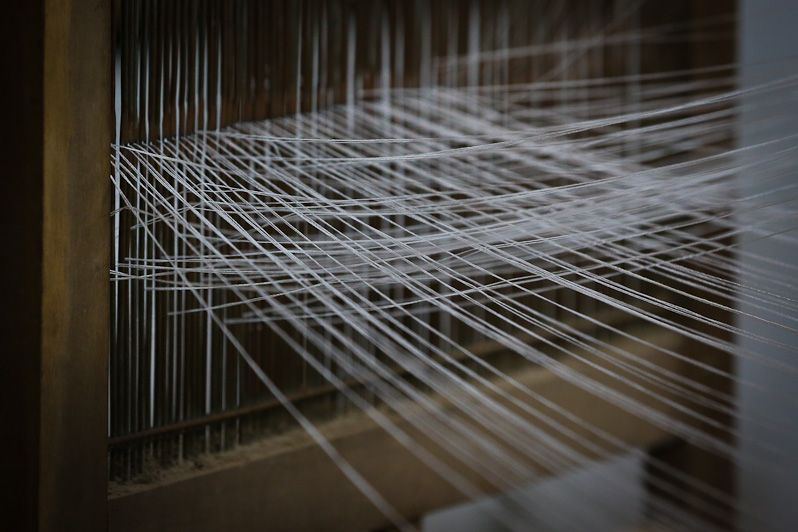

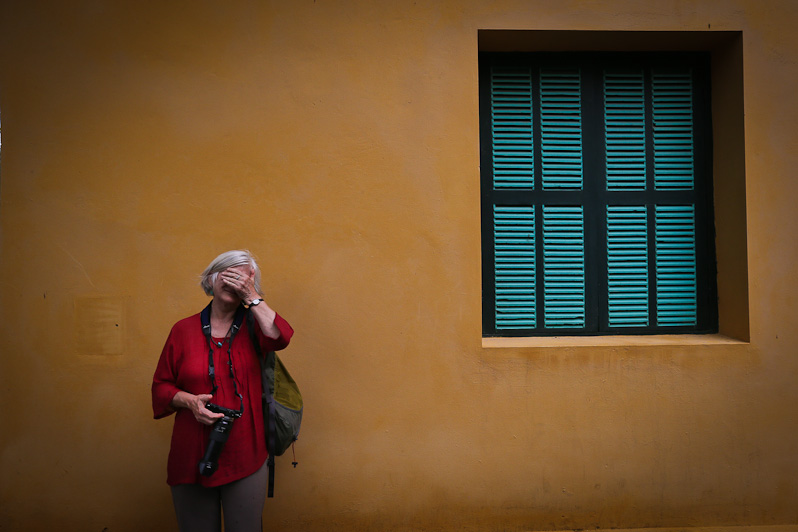
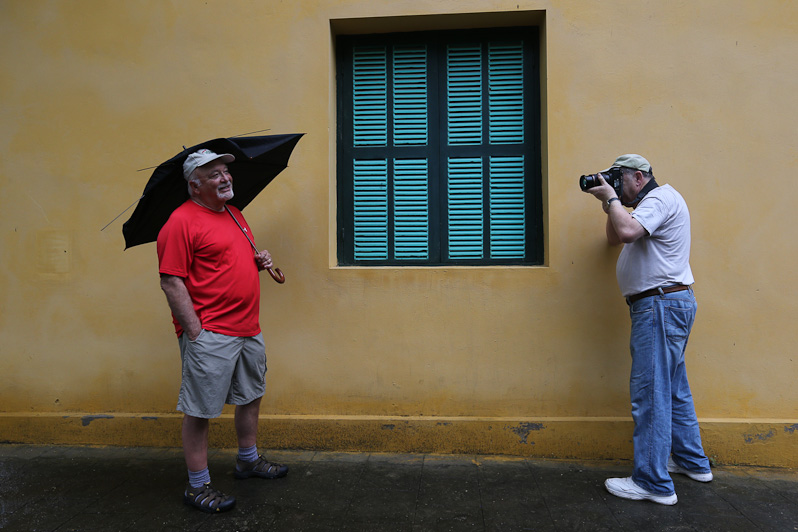
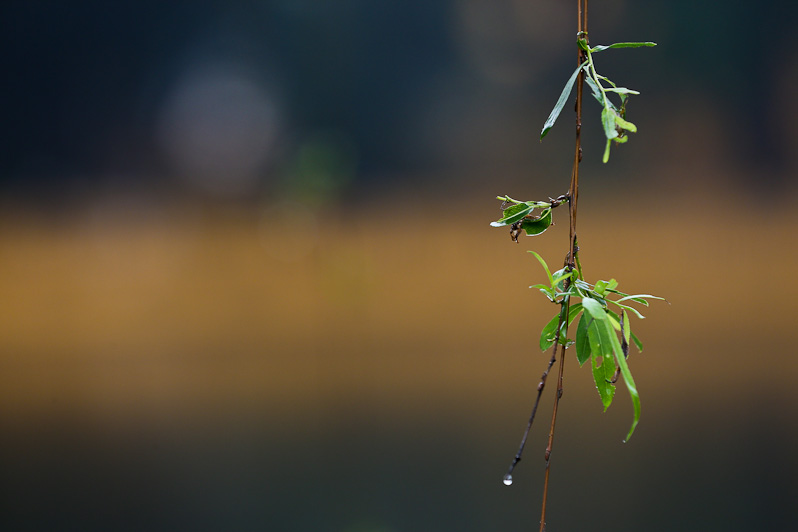
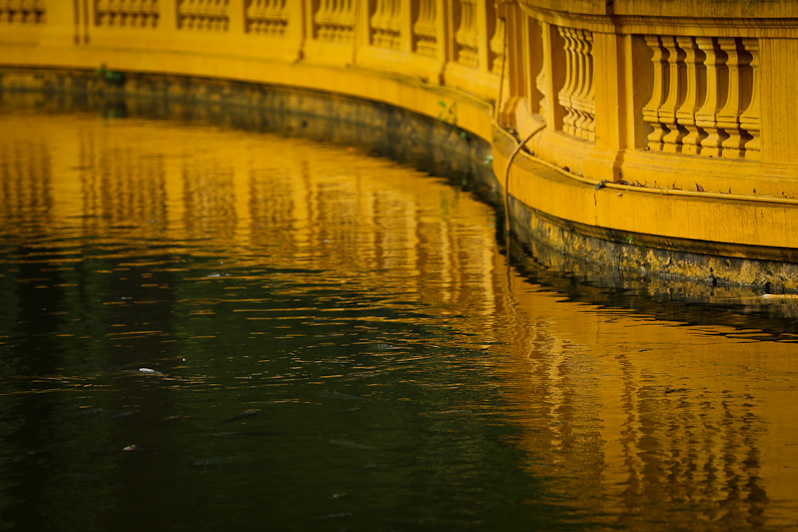
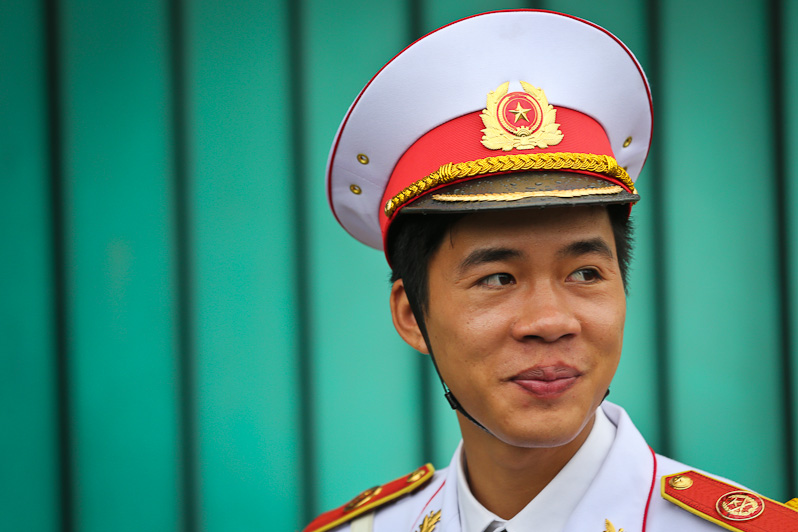



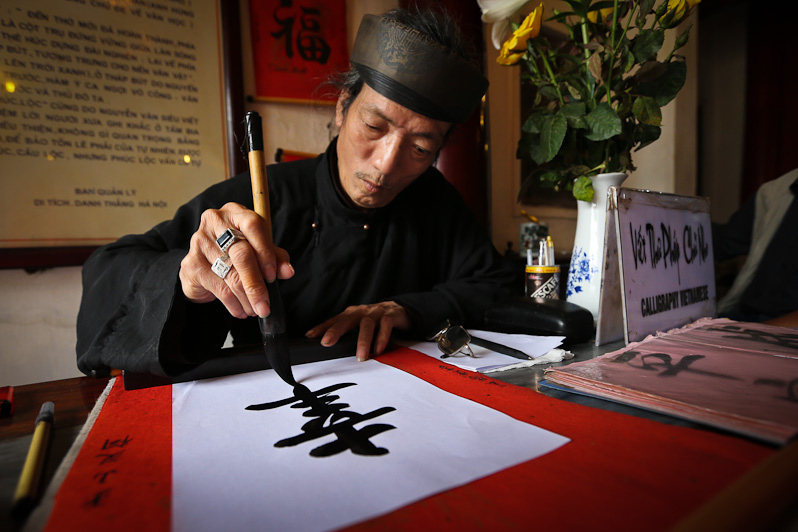
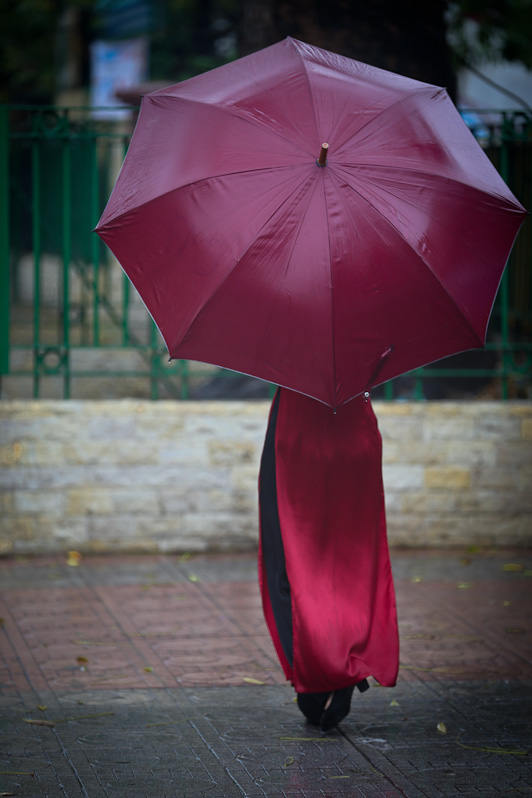






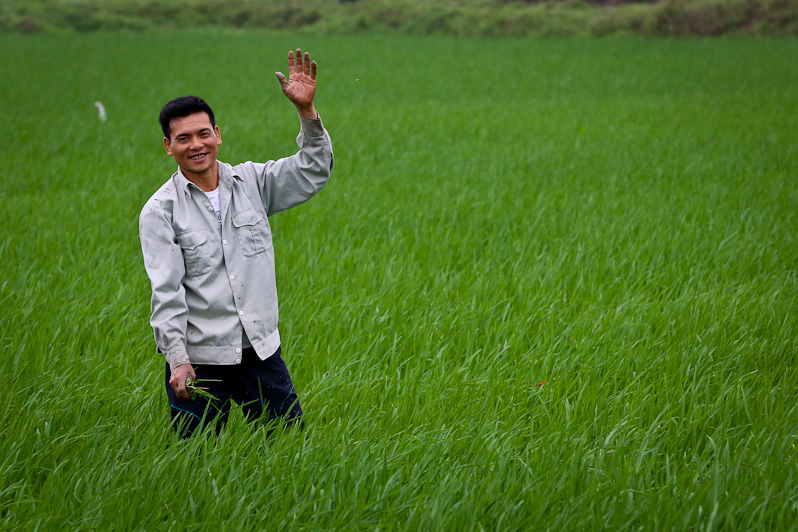






Each photograph is superb! Really good work.
Cheers!
Paurav